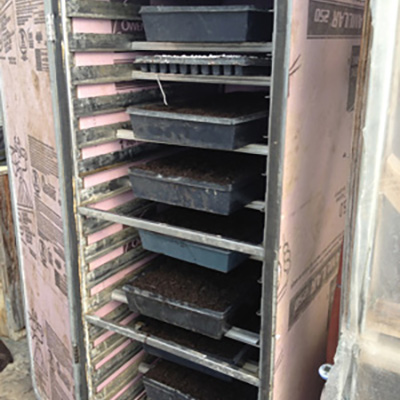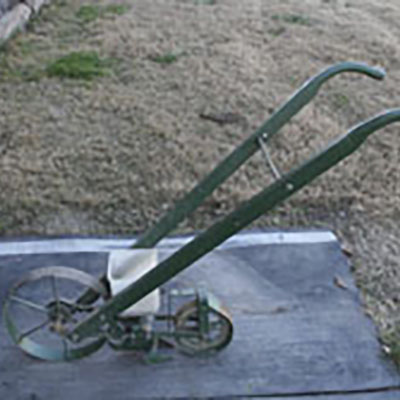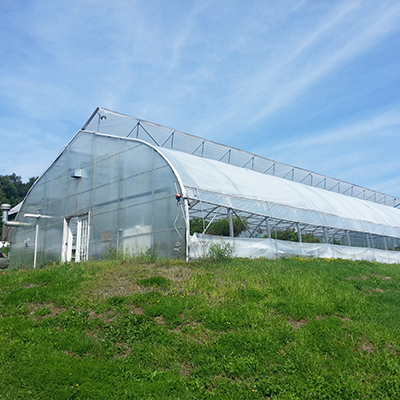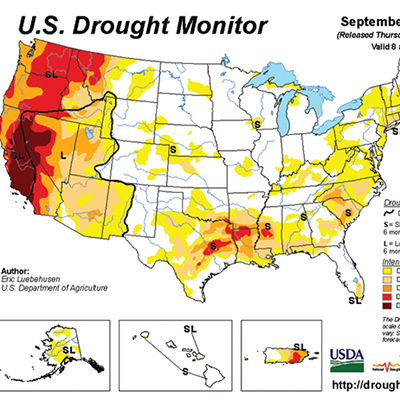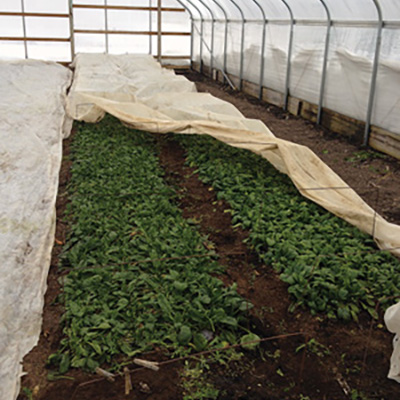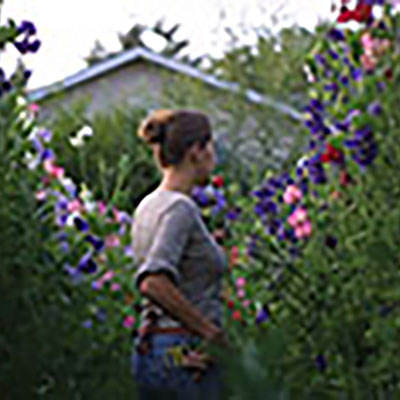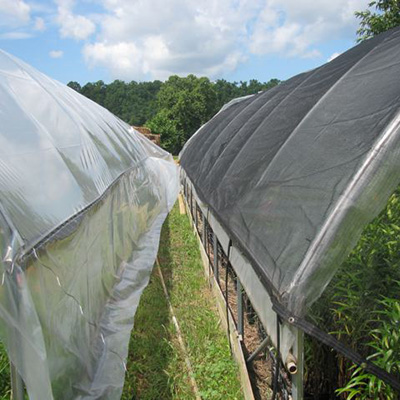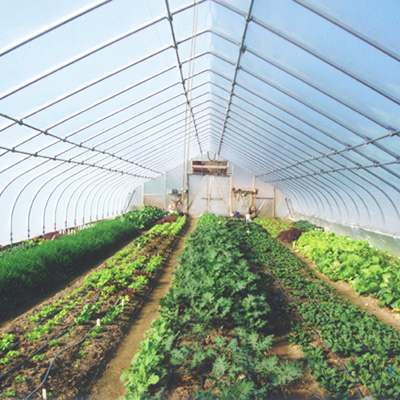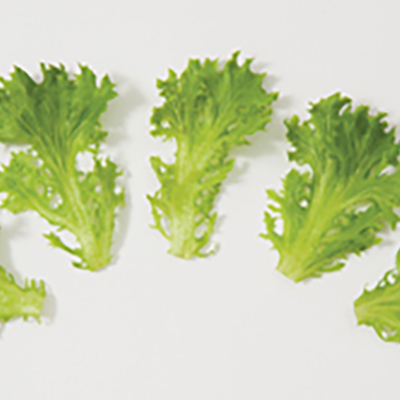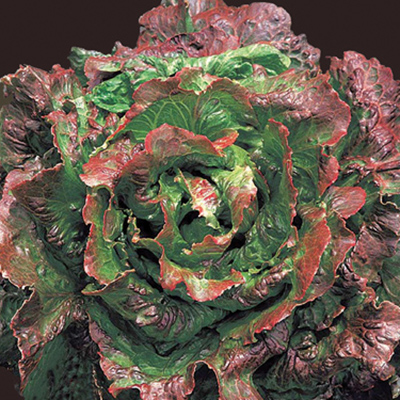Growing lettuce in the summer is a challenge almost anywhere. The heat stifles growth and kills germination rates. The sun scorches leaves and rapidly wilts the fresh harvest. Summer is just not lettuce’s season. But fresh, local lettuce is as in-demand in the summer months as any time of the year, maybe even more so.
So for advice on how to grow lettuce when the heat is high, I turned to the people growing where summertime is pretty much the norm: the South.
From North Carolina to Arizona, growers are producing lettuce nearly year-round, despite the overwhelming amount of heat and sunshine these areas are exposed to for months on end. “Yesterday was 99°F,” Erich Schultz of Steadfast Farm outside of Phoenix told me on April 24th, “Today it has cooled off to 90°F.”
Ray Tyler of Rosecreek Farms in southwestern Tennessee said, “Our summer- when the heat is kicking pretty hard- is usually from May until the end of September. Last September, I don’t think we had a day that was below 90°F for the whole month.”
Not only do these growers have to battle temperatures around 100°F for fresh salad greens, in some cases they do so for nearly half of the year.
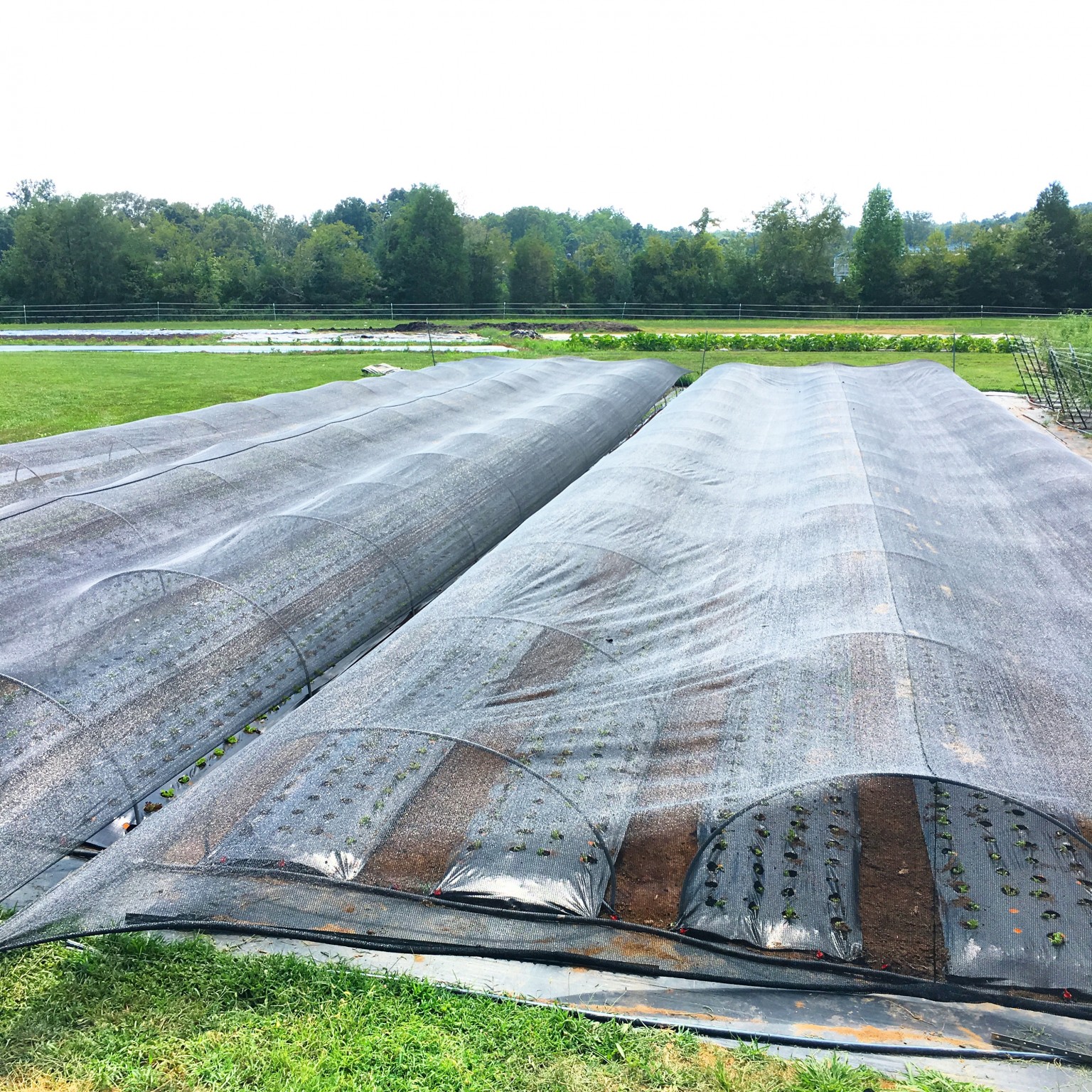
Varieties
The right variety of lettuce, says Tyler, “plays a big role in having salad in the summer.” This rings true for any time of year, of course- the genetics of a crop will determine its ability to tolerate stress and defend itself from heat, cold, and disease- but the extreme seasons require special attention in this area. Both Erich Schultz in arid Arizona and Elliot Seldner of Fair Share Farm in humid North Carolina use Salanova varieties in their summer mixes.
However, Ray Tyler has not been as satisfied with Salanova yet. So success may depend upon trialing to dial in the right varieties for your climate, soil, and program. For more on Salanova, see the article “New head lettuces are designed for salad mix,” in the April 2013 Growing for Market.
Because direct seeding is out of the picture when soil temperatures go above 80°F, head lettuces germinated in trays are generally the best route for summer lettuce. These may be multi-leaf varieties like Salanova, planted densely for both efficiency and soil cooling, but also heat-tolerant romaines like Cherokee, or Batavia (also known as summer crisp) varieties like Muir.
But it isn’t all about the variety. Even the hardiest varieties won’t survive on genetics alone. Much of summer lettuce success comes down to careful execution.
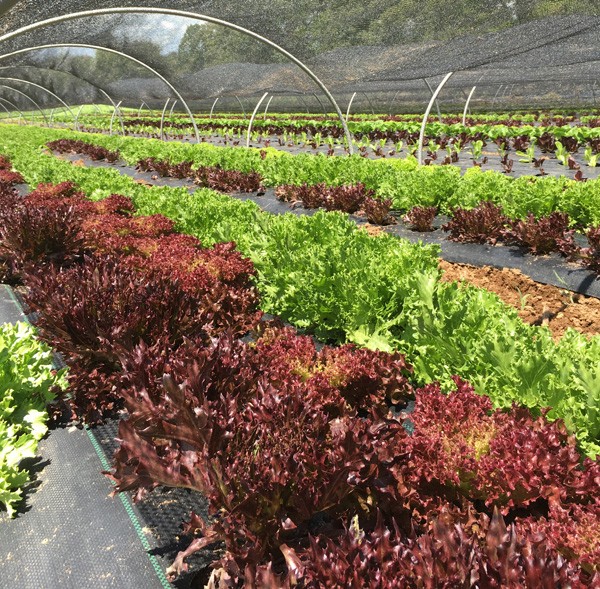
Germination
Thermal dormancy is a built-in mechanism that tells lettuce, “Don’t germinate, the conditions aren’t right for growth.” And lettuce is famous for this quirk in the heat. Some varieties are more prone to dormancy at even lower temperatures, but above 80°F and most lettuces will refuse to germinate (thus the preference for transplants over direct seeding). However, to break dormancy, growers have developed some useful tricks.
Both Tyler and Schultz recommend a period of 24-48 hours in the refrigerator before seeding in trays. A method Tyler says he learned from Paul and Alison Wiediger of Au Naturel Farm in Kentucky is to set seeded trays in the walk-in-cooler for 48 hours. He pulls the tray out in the afternoon and “usually by the morning time those seeds have already popped up. Using that technique we were able to get almost perfect germination every single week.”
Seldner in North Carolina germinates his trays in his basement where it stays cool year round. He does not use grow lights, but rather seeks to pull the trays as soon as the seeds begin to germinate, at which point they go outside in a propagation house.
Another trick to get around thermal dormancy is to use primed seed. Priming is a process where germination is begun and then stopped before the emergence of the root. Because germination has started and dormancy has already been broken, primed seed will germinate in warmer temperatures than unprimed seed of the same variety. Exactly how much heat primed seed will overcome depends on the variety. The downside of priming seed is that once the germination process has started, the seed will not last as long, so don’t stock up. Buy primed seed fresh every year, and only a single year’s supply at a time.
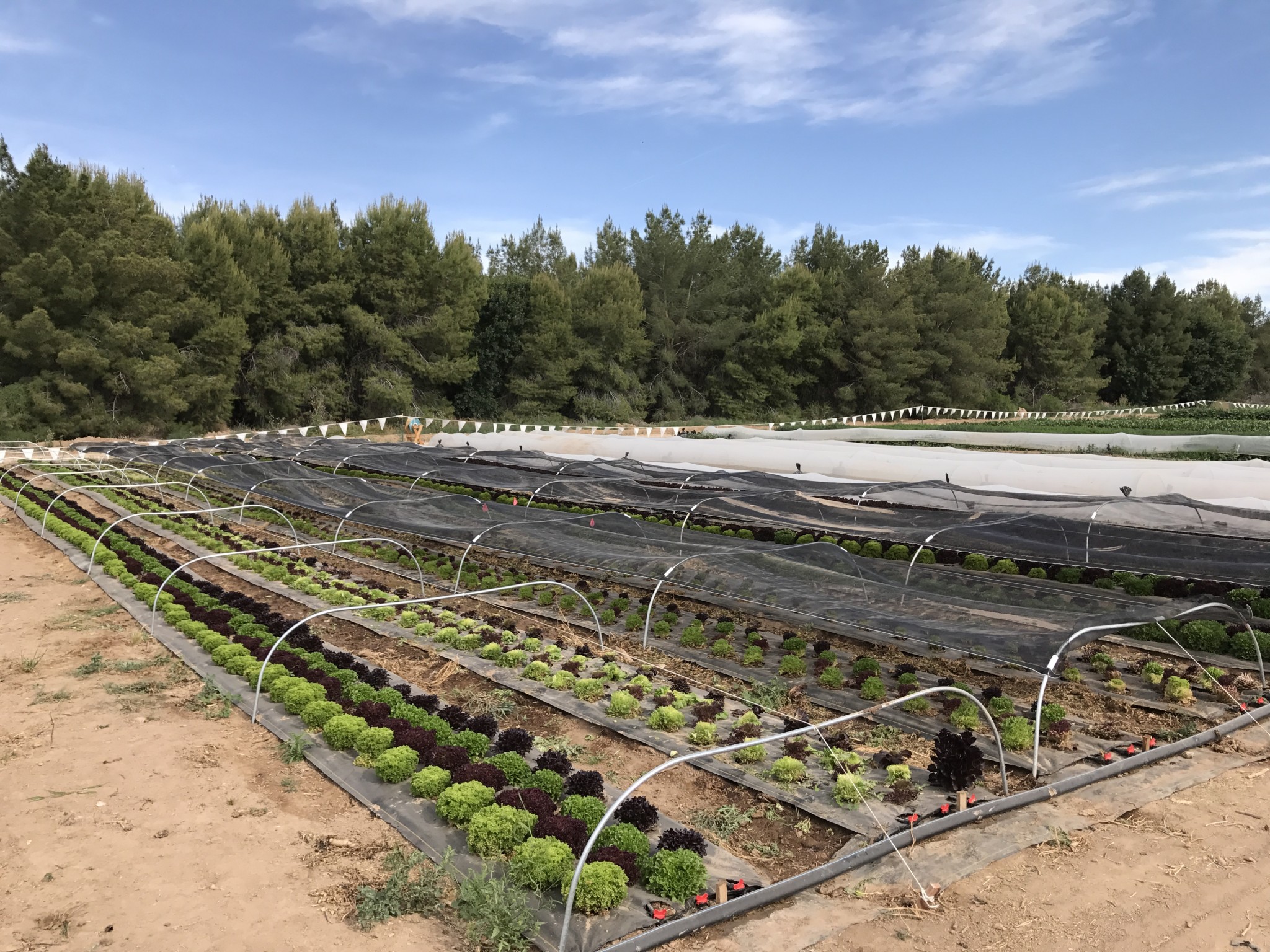
The view over (above) and under (below) the shade cloth on Steadfast Farm in Arizona.
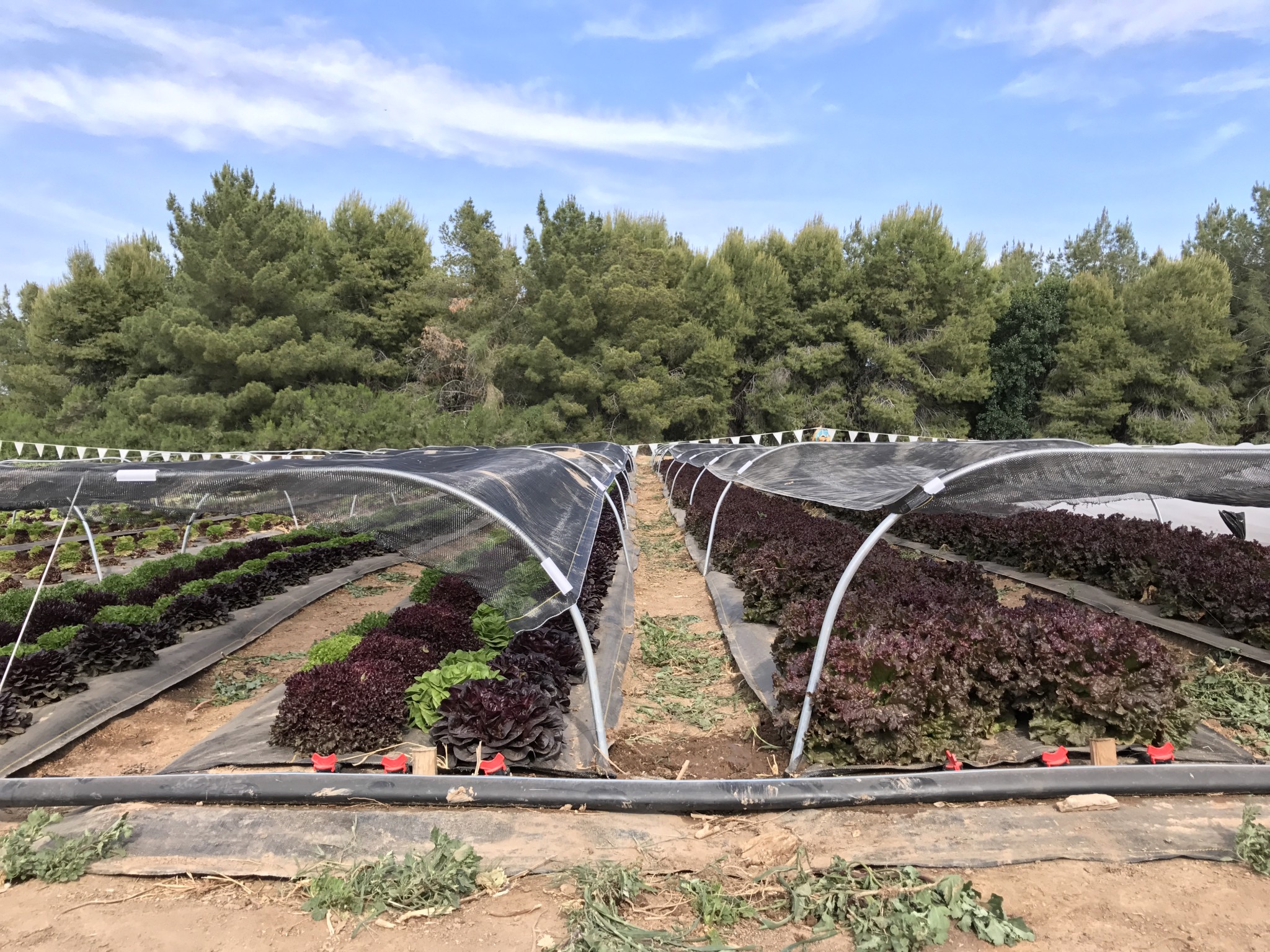
Planting
During the hottest parts of the summer in the South the soil can be well over 85°F. So for lettuce transplants to thrive, the soil must be cooled below that temperature. Seldner and Shultz say they will water the plants immediately upon transplanting, and Tyler in Southern Tennessee went as far as to say he does some irrigation before transplanting. “The soil is so hot in the summertime,” says Tyler, “that it’s important to have that soil wet. So we’ll get the soil wet and we’ll plant right into that wet soil. As soon as we’re done we’ll turn on the overhead irrigation for an hour or two afterwards. That will help keep the area cool.”
For Seldner in North Carolina, getting the transplants out of the trays or paper pots and into the soil as quickly as possible increases success. Filling the bed up rapidly then quickly turning on the overhead irrigation, he says, “is key.”
Misting
Indeed, overhead irrigation was a common theme among these conversations. A light misting for ten or fifteen minutes several times a day helps cool the plants and the area around them. This isn’t generally intended to irrigate the crops, but just to offer some reprieve. Tyler even said he uses a timer to mist them three times a day and once during the night for about fifteen minutes. “Because our nights just never seem to cool off,” explains Tyler, “What we’ve found is that lettuce really likes to have several hours where it can cool down below 85 degrees.”
In conjunction with drip irrigation, Schultz in Arizona uses low-flow overhead sprinklers above his shade cloth, cooling his crops but also “cooling down the whole microclimate on top of the shade cloth.”
Shade cloth
“We use a lot of shade cloth in the field and on our tunnels,” says Schultz, “that helps cool temps down.”
For covering beds, Schultz uses a shaded low tunnel. The hoops are flat on top with a sharp radius on the corners. The shade cloth (50% shade), is draped overtop, but does not come all the way to the ground so as to allow for good airflow.
The issue some growers run into with shade cloth is a sort of field-legginess, sometimes resulting in pointier or longer leaves. For that reason Tyler in Tennessee recommends using the cloth only for the first two weeks until the plant is established, then removing it. Seldner in North Carolina agrees, “Shade has seemed to help especially right at transplant.”
Harvest
Harvest day is generally an early one no matter what the crop is, but harvesting early in the morning is critical for good summer lettuce. Heat tends to encourage the bitter, white latex that streams form the stems of lettuce; so getting the plant while it’s still cool is imperative. “We usually start around five-thirty or six,” Says Tyler.
In the summer the lettuce is all “harvested before 8 am and placed immediately in the tank. It seems that you can only preserve the quality and longevity of salad, not improve it. So if the lettuce is wilted at 3 pm and you harvest it is not going to last nearly as long as when you harvest early in the morning when it’s fresh and crisp,” says Tyler.
And the other growers agree, “We’re doing it earlier and earlier,” says Schultz, “starting the greens harvest right now [late April] around six-thirty.”
This early harvest gets the lettuce while it’s still cool, but also allows Schultz and his team a little extra time to strip bad leaves off which he says is more common with summer growing. The lettuces are then sent quickly to the cooler and packed for sale.
As for growing summer lettuce, Schultz points out that few farmers in his area bother because it takes more planning and work. But he and the other growers all see that work not as a deterrent, but as a business opportunity. And if growing great mid-summer lettuce can be done in the South, it can be done just about anywhere.
Jesse Frost is a vegetable grower and freelance journalist in central Kentucky. He has written for The Atlantic, Civil Eats, Modern Farmer, Hobby Farms and others.

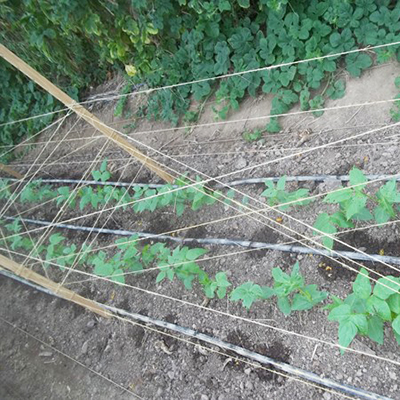
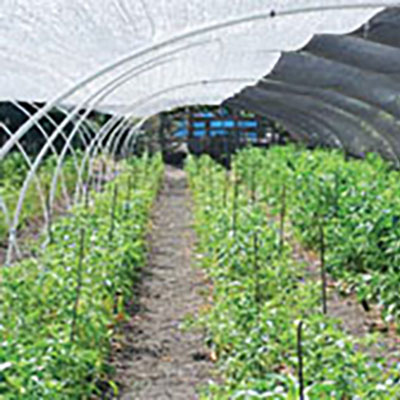
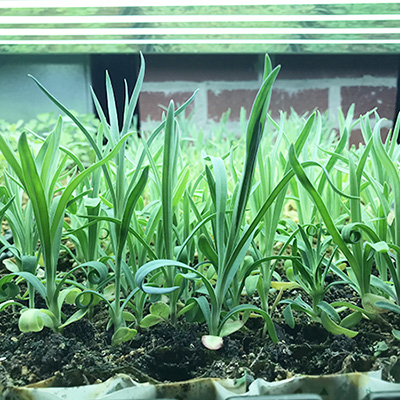
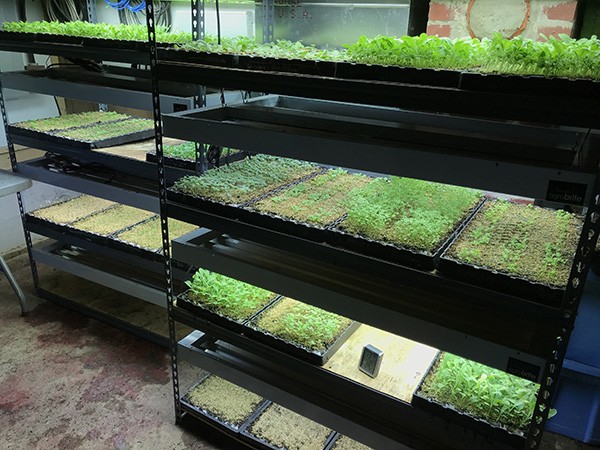 Have you ever lost precious seedlings in your greenhouse to frost? How about tossing a flat or two out due to heat stress or a missed watering? Or better still, stared at a tray of seeds that won’t germinate, with smoke coming out of your ears, because you’re sure someone (not you!) mis-watered them at a critical moment? Have you ever shrugged to yourself reading the growing instructions on a seed packet that says “Germinates best at 70 Fahrenheit” while standing in your 85-90 degree greenhouse? You’ve started to look into a germination chamber to solve some of these issues, but they look pricey and have limitations like not being able to handle as many flats as you’d like to start at once.
Have you ever lost precious seedlings in your greenhouse to frost? How about tossing a flat or two out due to heat stress or a missed watering? Or better still, stared at a tray of seeds that won’t germinate, with smoke coming out of your ears, because you’re sure someone (not you!) mis-watered them at a critical moment? Have you ever shrugged to yourself reading the growing instructions on a seed packet that says “Germinates best at 70 Fahrenheit” while standing in your 85-90 degree greenhouse? You’ve started to look into a germination chamber to solve some of these issues, but they look pricey and have limitations like not being able to handle as many flats as you’d like to start at once.